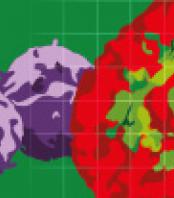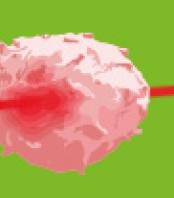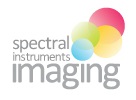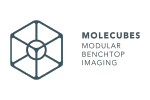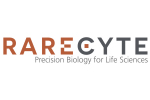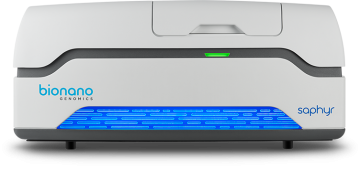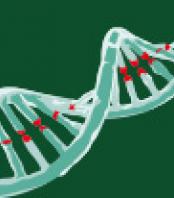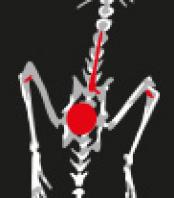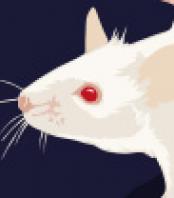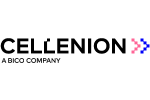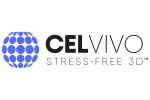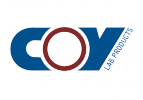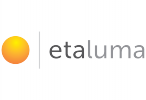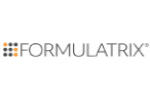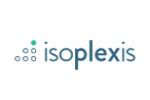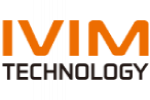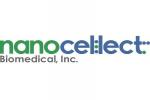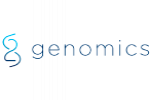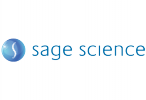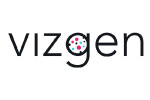Prior to DLS, DNA was labeled using nicking endonucleases to make sequence-specific nicks, which are fluorescently labeled and then repaired. This process is highly robust and specific, but when nick sites were close together on opposite strands it introduced systematic double-stranded breaks that limited the contiguity of Bionano maps.
The DLS chemistry leaves sample DNA intact, eliminating systematic molecule breaks. The DLS protocol consists of a single enzymatic labeling reaction, followed by cleaning and staining. There is no need to repair for a more streamlined protocol.
DLS delivers the best possible genome mapping at a fraction of the cost.
